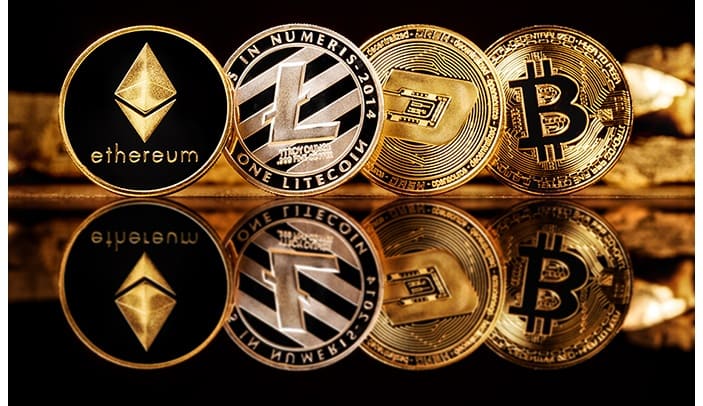The Philippine central bank has approved the PHPC, a stablecoin pegged to the Philippine peso to reduce its volatility. The coins.ph platform aims to reach 20,000 to 30,000 users within a month. About 10 million Filipinos live abroad, eager to cut transaction costs with the new digital currency.
The Philippines has approved a new type of cryptocurrency, a stablecoin called PHPC, pegged to the Philippine peso, to reduce transaction costs for Filipino expats sending remittances home.
Unlike “traditional” cryptocurrencies, the value of stablecoins is tied to that of a stable reserve asset, thus volatility is more predictable and measurable.
The best-known stablecoin, Tether (USDT), has a 1:1 relationship with the US dollar, and in 2021 it was dubbed “America’s digital dollar” by Bloomberg.
After receiving the green light from the Bangko Sentral ng Pilipinas, the Central Bank of the Philippines, Southeast Asia’s leading blockchain platform, coins.ph, announced that it would issue PHPC cryptocurrency by early June aiming for 20,000 to 30,000 users within a month.
One of the main uses of the new digital currency is to enable Filipinos living abroad, around 10 million, to send money home.
Compared to other channels, like banks and the so-called pera padala, a non-banking financial institution, sending remittances via cryptocurrencies is cheaper and available 24 hours a day.
Hitherto, the Philippine diaspora had used stablecoins pegged to the US dollar, paying fees for converting them into pesos. With PHPC, these transaction costs would be eliminated.
“Your relative here that’s receiving the money doesn’t have to convert the US dollar that he receives into pesos,” said Coins.ph chief executive officer Wei Zhou.
Zhou added that the Philippines’ new stablecoin project, which had been under discussion with the central bank for about a year, will also be available on other cryptocurrency exchanges (online platforms for trading), so that it will become accessible on other markets and allow remittances to be sent from all over the world.
“You can imagine that if the PHPC is listed on our partner exchanges in, say, Australia, or Singapore, or the United States, then basically our family and remittance senders can actually purchase the PHPC and actually send it directly to the wallets here at Coins.ph,” Zhou explained.



















